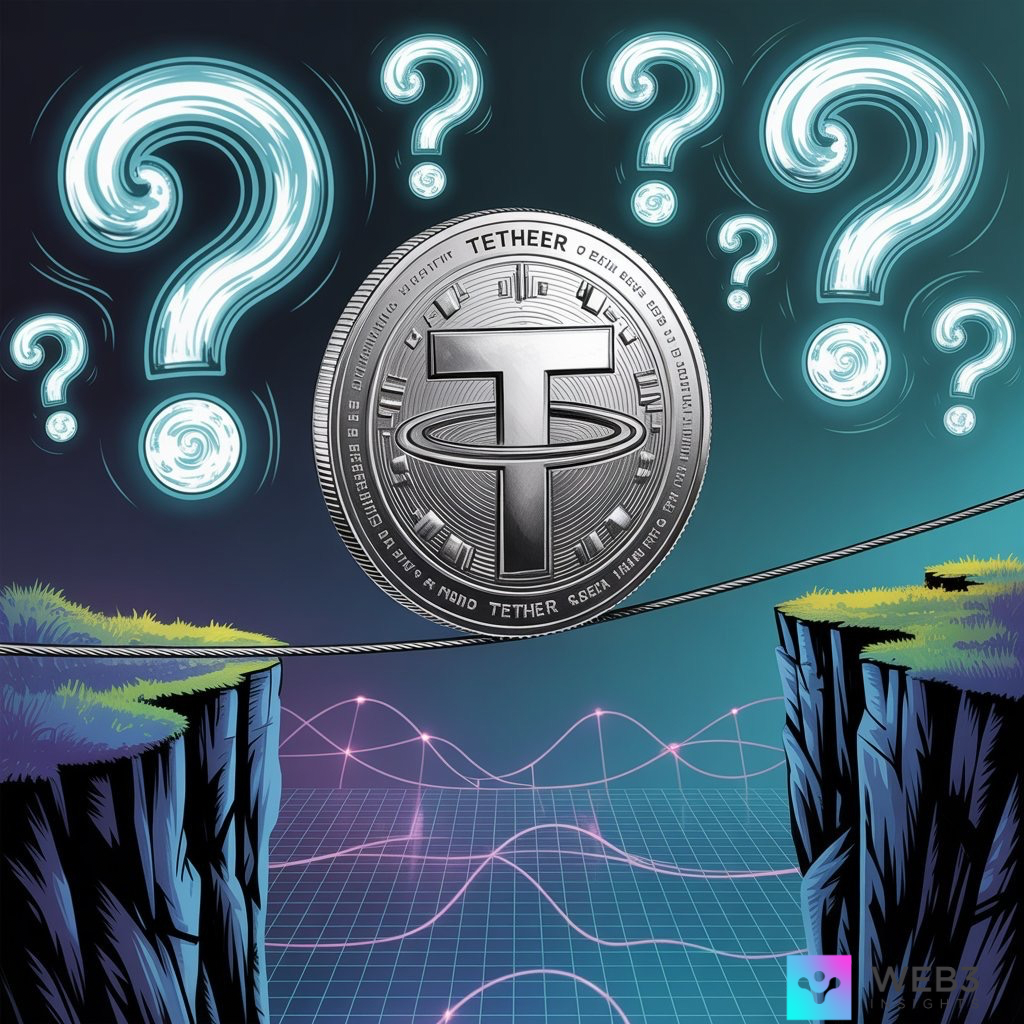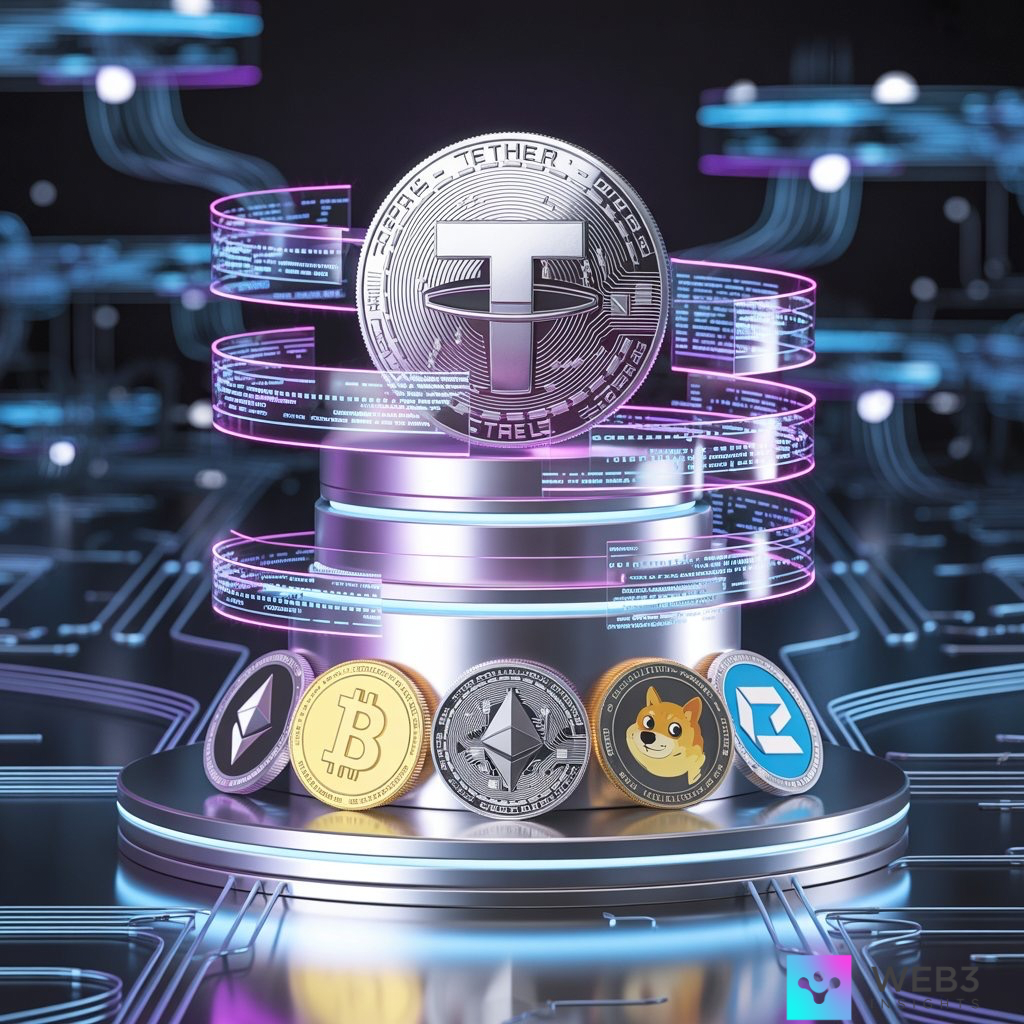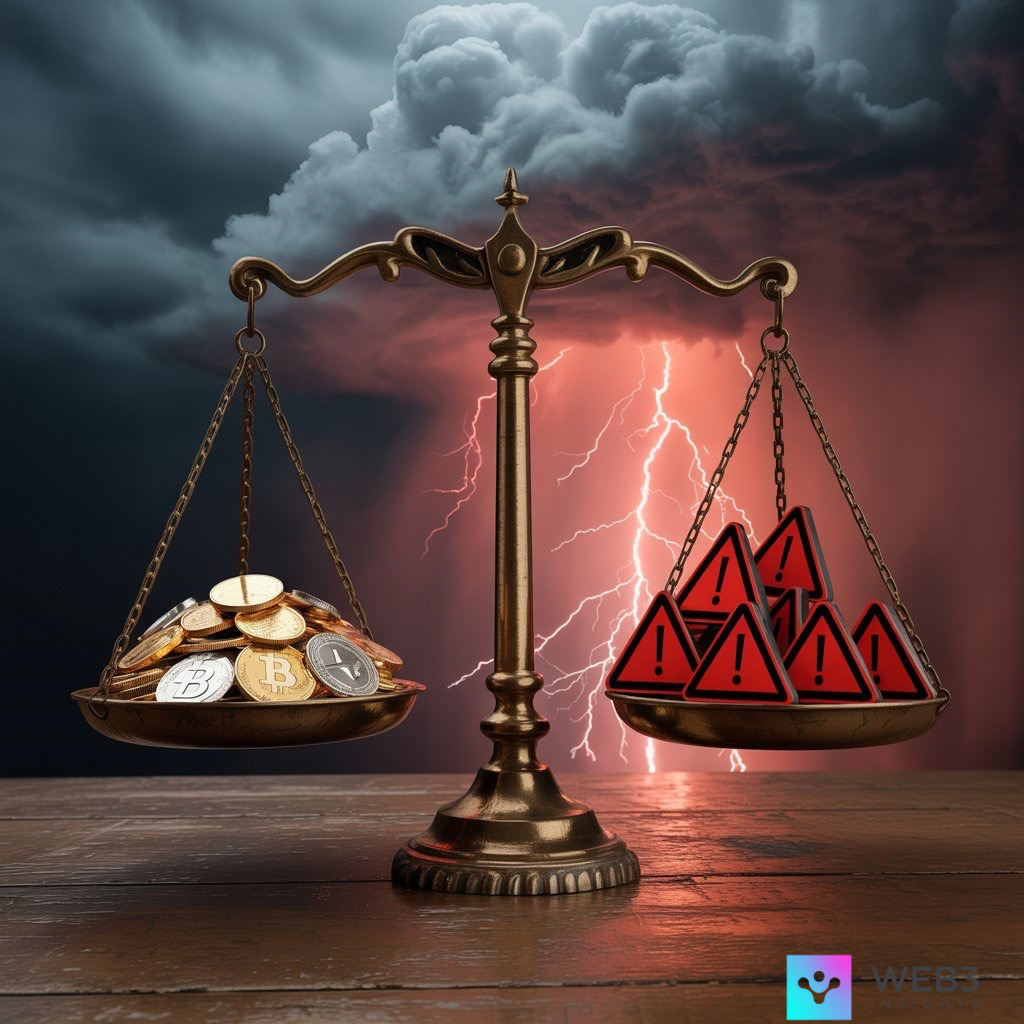
When I first stepped into the world of crypto, one question kept coming back to me: can Tether (USDT) really be trusted as “stable”? It’s the token I see everywhere, on exchanges, in DeFi pools, in cross-border transfers, but behind that popularity, there’s always this ongoing debate. In this blog post, I want to break down the reality of USDT, explore why it has remained dominant despite controversies, and share what every crypto investor (including me) should actually know before depending on it.
Why Tether (USDT) Stablecoin Became So Popular

Tether wasn’t the first stablecoin ever created, but it was the one that cracked mainstream adoption. Its appeal lies in its simplicity: 1 USDT is meant to equal 1 US dollar. That peg makes it incredibly useful for traders who don’t want to stay exposed to volatile assets like Bitcoin or Ethereum.
I’ve personally used Tether to quickly move money between exchanges, and honestly, the speed and liquidity are hard to beat. Unlike smaller stablecoins, you can almost always find deep trading pairs with USDT. That’s one of the main reasons Tether remains the go-to stablecoin despite having tough competition like USDC or DAI.
Tether (USDT) Stablecoin and Its Reserve Backing

The most controversial part about Tether is its reserves. For years, critics have asked: does Tether actually have enough dollars in the bank to back every USDT in circulation?
The company behind Tether claims that each token is backed by reserves that include U.S. dollars, short-term Treasuries, and other assets. But there have been lawsuits, regulatory fines, and moments when the transparency of those reserves was heavily questioned.
As an investor, this makes me cautious. I want to believe in the peg, but I also know that stablecoins live or die by their collateral. If confidence in those reserves ever truly cracks, the “stable” part of stablecoin could collapse overnight.
Tether (USDT) Stablecoin in 2025: Still Leading the Market

Even with the doubts, Tether hasn’t just survived, it’s thrived. By 2025, USDT is still the largest stablecoin by market cap and daily trading volume. That dominance doesn’t come from hype alone. It’s about network effects: the more people and exchanges that use Tether, the harder it is to replace.
I see this dominance everywhere in DeFi. Whether it’s staking, yield farming, or lending, Tether is almost always an option. For better or worse, it’s deeply embedded into the crypto economy.
Risks Investors Need to Watch Out For

Here’s where I get real. Just because Tether is dominant doesn’t mean it’s bulletproof. The main risks that worry me are:
- Regulatory pressure: Governments are paying more attention to stablecoins, and Tether could face stricter oversight.
- Transparency issues: Unless Tether delivers clearer, frequent audits, there will always be questions.
- Black swan events: A sudden collapse of reserves or a large-scale redemption could break the peg.
If that peg snaps, even for a short time, it could cause massive panic in the market.
My Take: Is Tether (USDT) Really Stable?

After using Tether myself, reading countless reports, and following market news, I think the honest answer is this: USDT is stable until it’s not. For everyday use, trading, transfers, quick settlements, it works. But for long-term security of value? I’d be careful.
What makes me more comfortable is diversification. Instead of holding everything in Tether, I spread between USDT, USDC, and sometimes algorithmic stablecoins (though those come with their own risks).
So yes, Tether has held its peg remarkably well over the years, but its stability ultimately depends on trust. And in crypto, trust can shift very quickly.
Final Thoughts
Tether (USDT) is the stablecoin that built an empire in crypto. It’s fast, liquid, and everywhere. But it’s also surrounded by controversy and scrutiny that will likely never fully go away.
Here, I’ve tried to show both sides: the usefulness of Tether in my own crypto journey, and the concerns that investors can’t afford to ignore. If you’re holding or using USDT, just remember, it’s stable for now, but the responsibility is on us as investors to stay informed, watch the market, and never put all our eggs in one basket.








